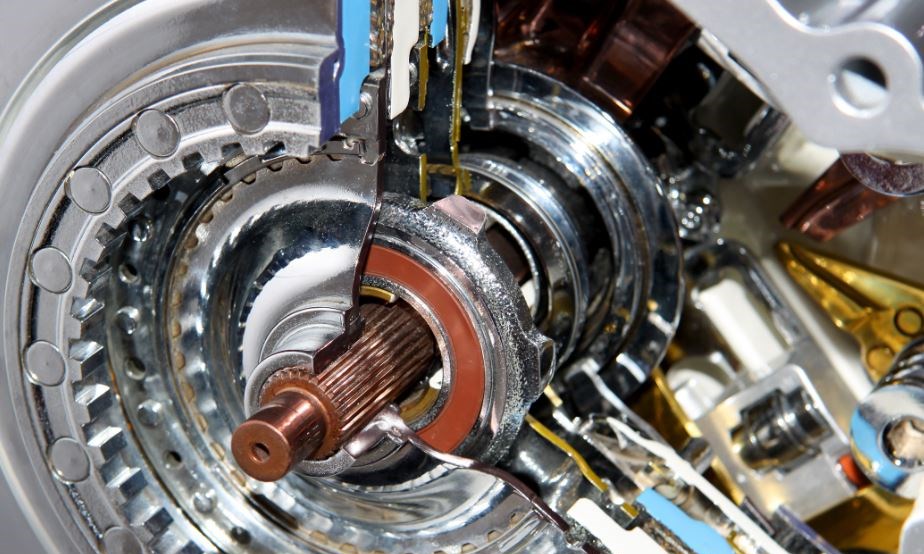
Drivers love their automatic transmissions. Driving an automatic transmission is generally much more convenient than a manual version, but drivers are often warned of some of the downsides of this choice. Automatic transmissions may be easier in use, but they can also be more expensive to maintain. Drivers may also fear that fuel consumption in an automatic transmission is always poorer than that of a manual transmission.
This was certainly once true. Manual transmissions have traditionally offered better gas mileage than automatics. There are two reasons for this. With an automatic transmission, drivers are more likely to down shift more quickly than in a manual version. Down shifting to a lower gear means that engine runs at a higher number of revolutions per minute. This means that it is using fuel less efficiently. With a manual transmission, you can simply press the gas pedal harder to maintain your speed without down shifting.
The second reason is that manual transmissions did not once consume as much power as an automatic transmission. The nature of an automatic transmission means that more power is used to operate the different parts. Manual transmissions can be more efficient, because the driver does more of the work.
However, car manufacturers know that buyers often prefer to drive automatic transmissions, and do not want to be deterred by issues over fuel efficiency. Technology developments now mean that automatic transmissions can offer equal or even better fuel efficiency than their manual counterparts. Advances in automatic transmissions mean that shift changes are now often much quicker and efficient than they once were, and that the parts use less energy overall. Some manufacturers offer economy (or ECO) options to ensure that the car uses as little fuel as possible. These developments ensure that the automatic transmission able to offer more miles per gallon.
It is also true to say that the transmission is only one part of the picture. All the other parts of the car also play an important part in fuel efficiency, and manufacturers and designers are able to engineer automatic cars to ensure that they are more fuel-efficient. Driver behavior plays an important role too. Driving a manual car takes practice and skill, and certainly isn’t easy. To get the most from the car, a manual transmission needs to be used in a certain way, and many drivers are not up to the task. That means that any potential gains in efficiency from the use of the technology are quickly wiped out by losses from driver error.
If you want to understand more about the differences between manual and automatic transmissions, visit Sears Imported Autos for more information.

